
On your author website, showcasing your work in a Books section, or a Books webpage, is essential for marketing your work and driving sales. Discover what to include, whether you’re published or unpublished.
As a new or established author, you’ll want to market your work on your website. This is usually the primary reason you set up your site in the first place. However, even if you’re unpublished, you can set up a version of a Books webpage.
What should you call the webpage that lists your work?
The first step is to decide on the name of the page. Most published authors go with “Books”, which is:
- User-friendly – it does what it says on the tin
- Short – it fits nicely in the site navigation, even on smaller devices
- Easy to scan-read – users can quickly find what they need
If you write not only books, but other types of content too, such as short stories or poems, you may prefer to either call the page “(My) Work”, “(My) Writing” or similar, or set up a separate page for each type of output.
New authors
If you’ve recently published your first book (congratulations!) or have only one published work as yet, you will probably need just one page in your Books section.
If you have also published short stories, you may choose to order the top-level Books/Work/Writing page according to the format of your various outputs, with subpages for each type (so a subpage for your short stories, one for your full-length novel etc).
Established authors
If you have several books out there, you can choose if you’d like to dedicate a full page to each one (giving you more space for large images and more detail), or if you’d rather list your books on one page.
On your top-level books page, you could simply display images of the front covers, as Tim Tigner does, or list them with a bit of info for each, then link to the detailed pages.
If you write series of books, you could dedicate a page to each series, then have subpages for each book. Do what works best for your publications. List the books in each series in chronological order; this will guide readers who are new to your work and who may wish to start at the beginning.
Unpublished authors
If you’re an unpublished author, you could mention on your Writing/Work page any short stories or flash fiction that you’ve worked on, or something about your work in progress if you feel comfortable disclosing information yet. You could also talk about the inspiration for your work.
I’m not (yet!) published, so my page is called “My Writing”. Take a peek to see what content I include.
Even if you're unpublished, you have something to say on your Books webpage – What to put on your Books webpage (whether published or unpublished) Share on X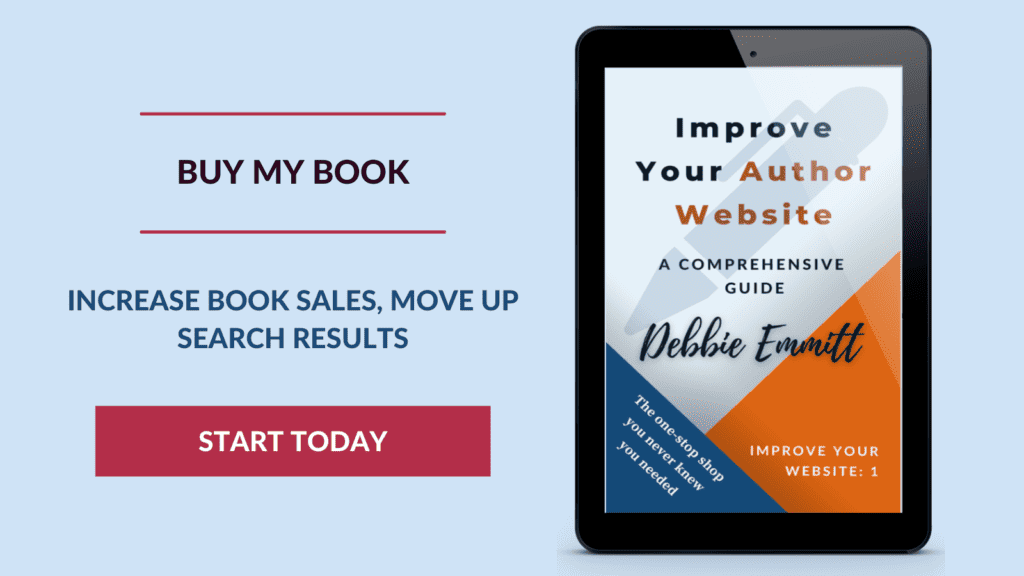
Individual book pages
There is no hard and fast rule on what to include for each book. However, an image, synopsis and link to a purchase point (e.g. Amazon) would be best as a minimum. Take a look at Kellie Coates Gilbert’s Mother of Pearl book page for inspiration. Her individual book pages have a high-quality cover image, a brief synopsis, links to purchasing outlets and social proof in the form of short reviews.
Kellie also orders her series of books well on her top-level books page, and chooses not to have a page for each series.
Other content you may wish to include on your individual book pages:
- reviews (social proof is a persuasive marketing technique!)
- excerpt from the book
- any award details with the award graphic
- character descriptions
- book club guides
- anything else that fits with your books, e.g. maps of your fantasy world
Get inspired
If you’re still not sure what is best for your Books webpage, look at websites of other authors in your genre for ideas.
I’d love to see the webpages on your site that showcase your work. Leave a link in the comments to inspire others.
Let your work shine on your author website!
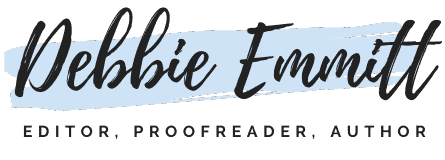
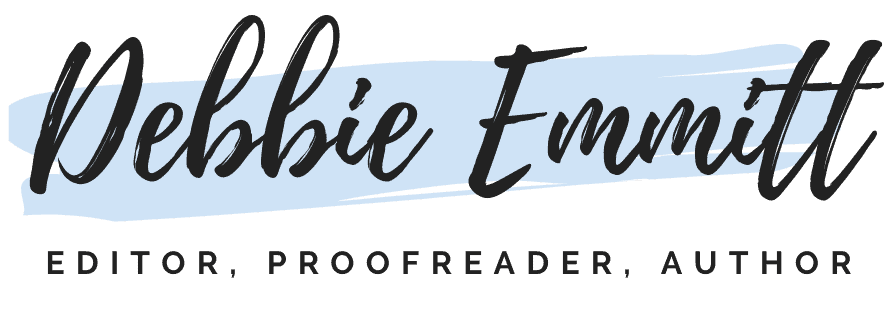
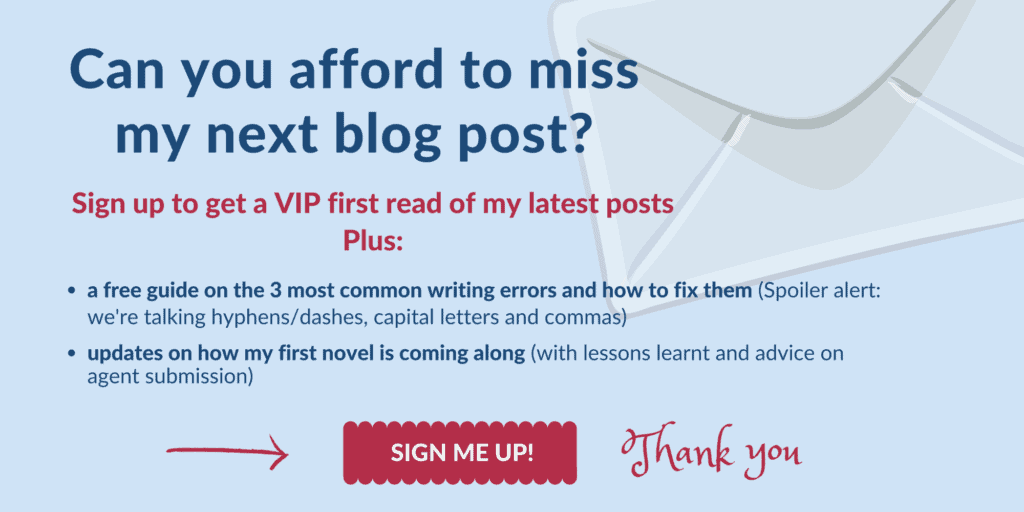

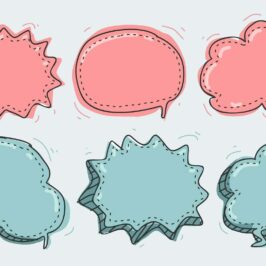


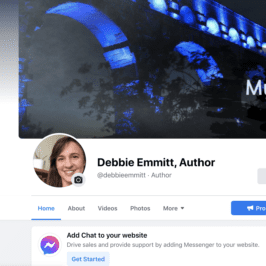
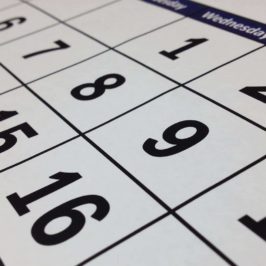
Leave a Reply